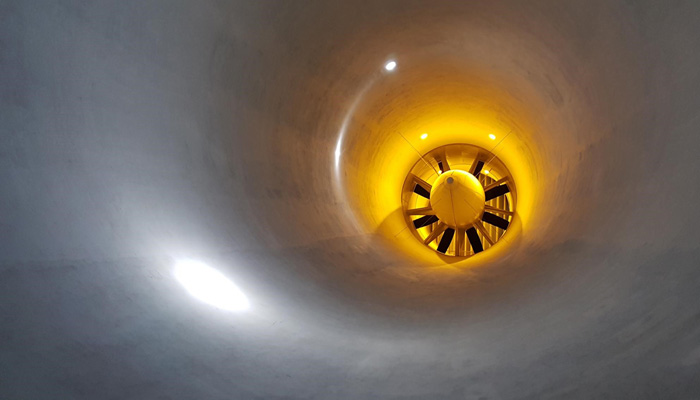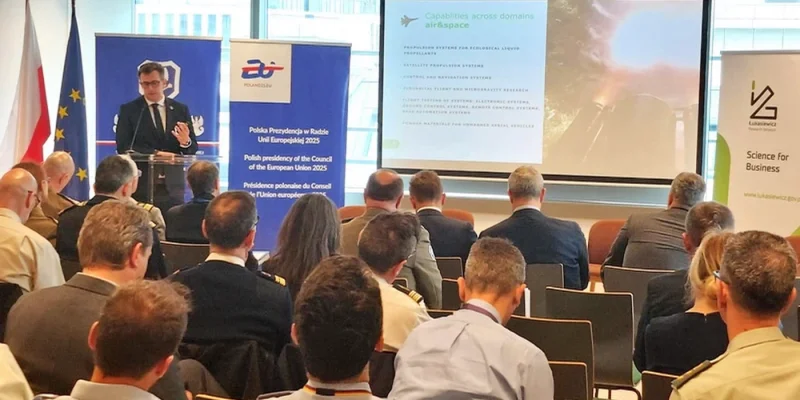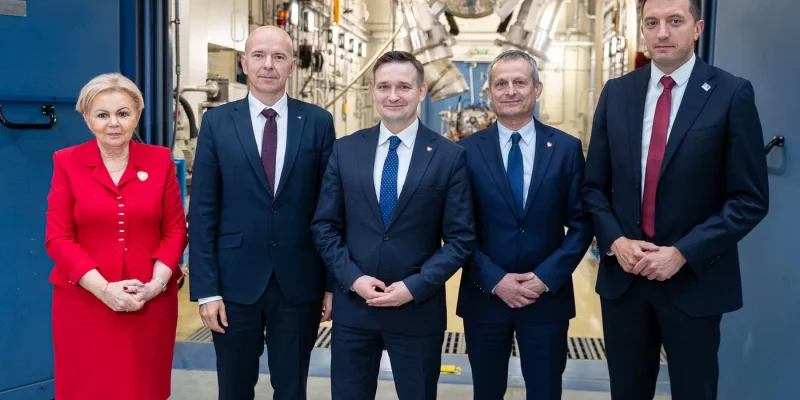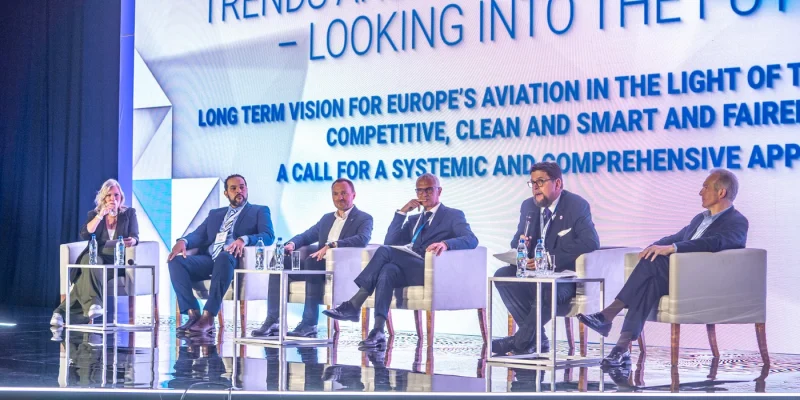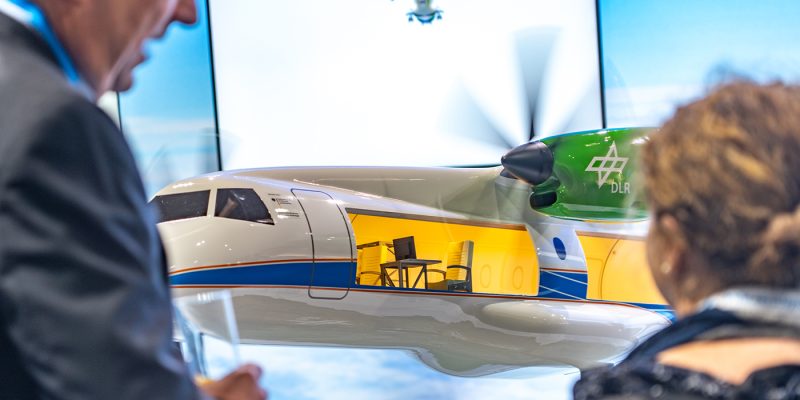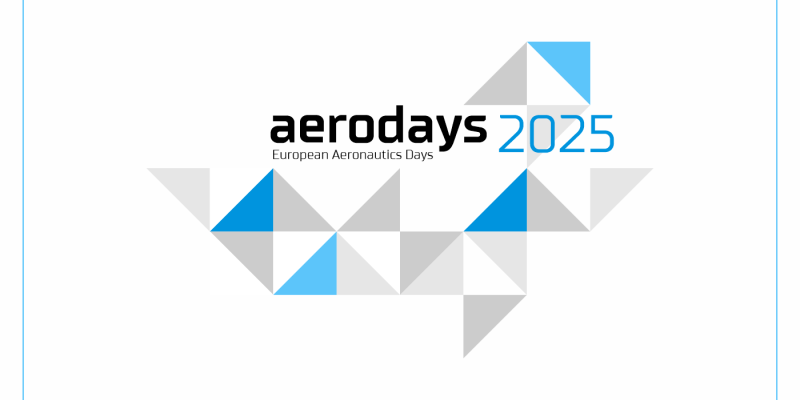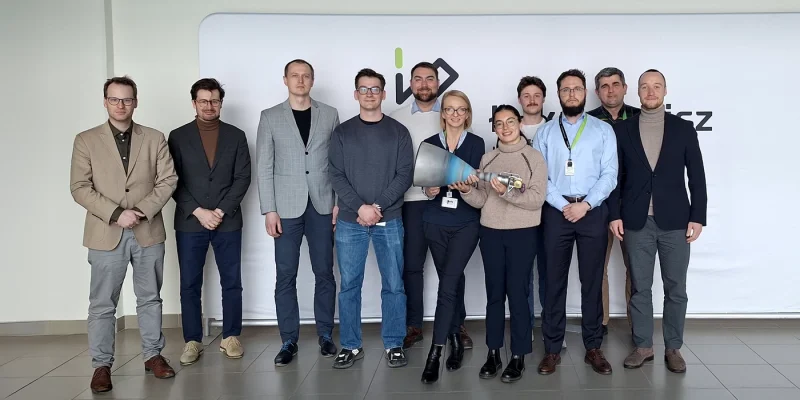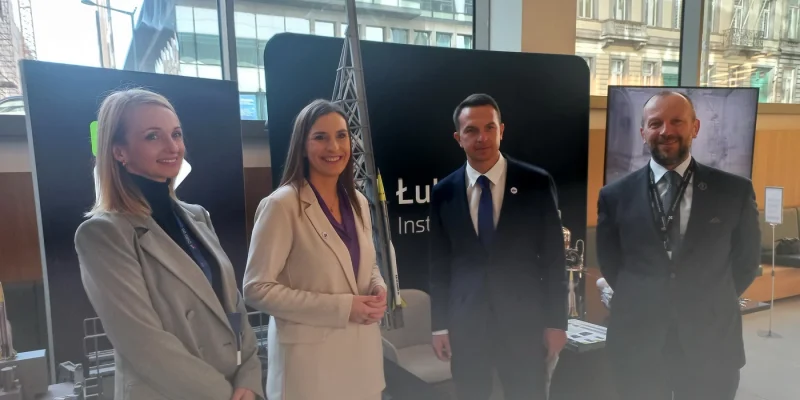WINGPULSE – Develop and test Power Efficient Actuation Concepts for Separation Flow Control at large aerodynamic areas requiring very low actuation energy
On July 29-30th 2020, the WINGPULSE project, co-funded by the European Commission under the Clean Sky 2 program (Horizon 2020), has officially launched with the online kick-off meeting attended by the Topic Manager representing Airbus, Project Officer and the project’s partners. The consortium coordinated by the University of Nottingham aims at developing and implementing advanced mechanisms for flow separation control of the aircraft lifting surfaces. The project is being carried out at the Łukasiewicz Research Network – Institute of Aviation in the Aerodynamics Department (Center of Aviation Technologies) in cooperation with the Composite Structure Technology Department and the Engineering Design Center Lab Maintenance and Development Department.
Project description: The objective of WINGPULSE project is to develop and realize advanced actuation concepts for flow separation control which are more power-efficient compared to the state of the art pulsed jet actuators, reducing considerably the net mass flow (by factor 3-5). Flow separation on aircraft wings has been notoriously linked with loss of lift and extra drag. Furthermore, the recent development of larger, more efficient Ultra High Bypass Ratio (UHBR) engines requires slat cut backs at the juncture of the engine pylon, which significantly promotes separation at high angles of attack. Among the various AFC techniques proposed in the literature, the pulsed jet actuator (PJA) control has been regarded as a particularly promising one as it suppression separation effectively and with the much lower mass flow than the continuous blowing actuation.
In the course of the project power efficient actuation concepts will be developed by consortium of University of Nottingham and Łukasiewicz Research Network – Institute of Aviation. New actuators will be manufactured, tested and fully characterized in a small scale wind tunnel test, followed by a representative scale wind tunnel test. Numerical simulations of the flow shall support the design phase of the actuators and will be applied for a comprehensive understanding of the occurring flow phenomena, paving the way for integration at representative aircraft scale.
Project coordinator: Wit Stryczniewicz, PhD
Phone: (+ 48) 22 846 00 11 ext. 684
E-mail: wit.stryczniewicz[at]ilot.lukasiewicz.gov.pl
Project duration: 01.07.2020 – 31.08.2023
Funding institution: European Commission
Programme name: Clean Sky 2 JU
Consortium: University of Nottingham (UNOTT), Sieć Badawcza Łukasiewicz – Instytut Lotnictwa (Ł-ILOT)
 This project has received funding from the Clean Sky 2 Joint Undertaking under the European Union’s Horizon 2020 research and innovation programme under grant agreement No 887092
This project has received funding from the Clean Sky 2 Joint Undertaking under the European Union’s Horizon 2020 research and innovation programme under grant agreement No 887092


